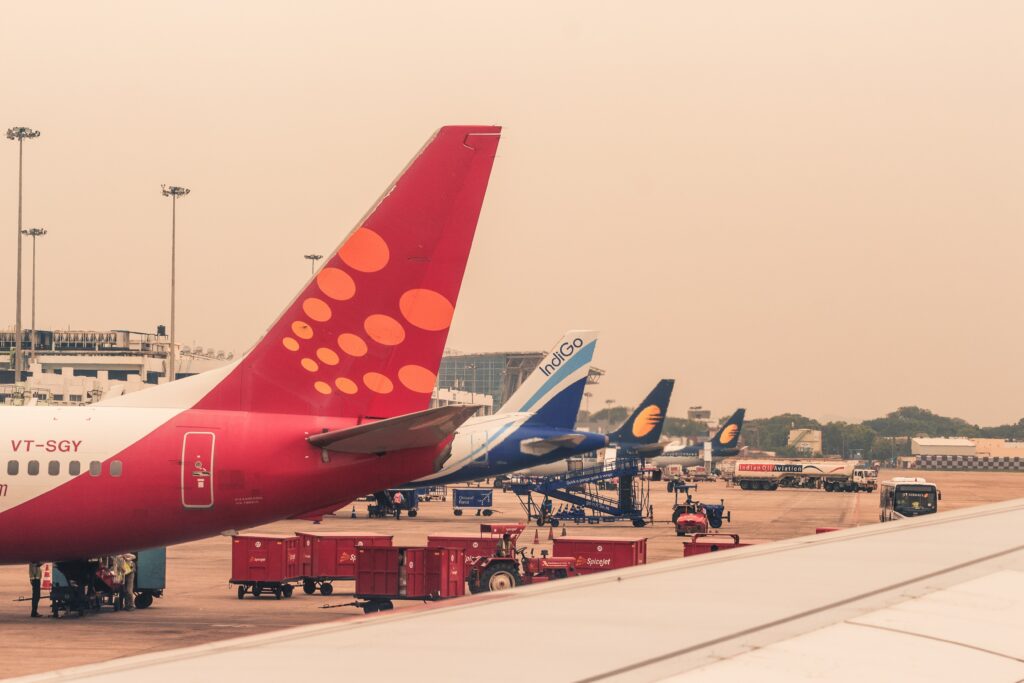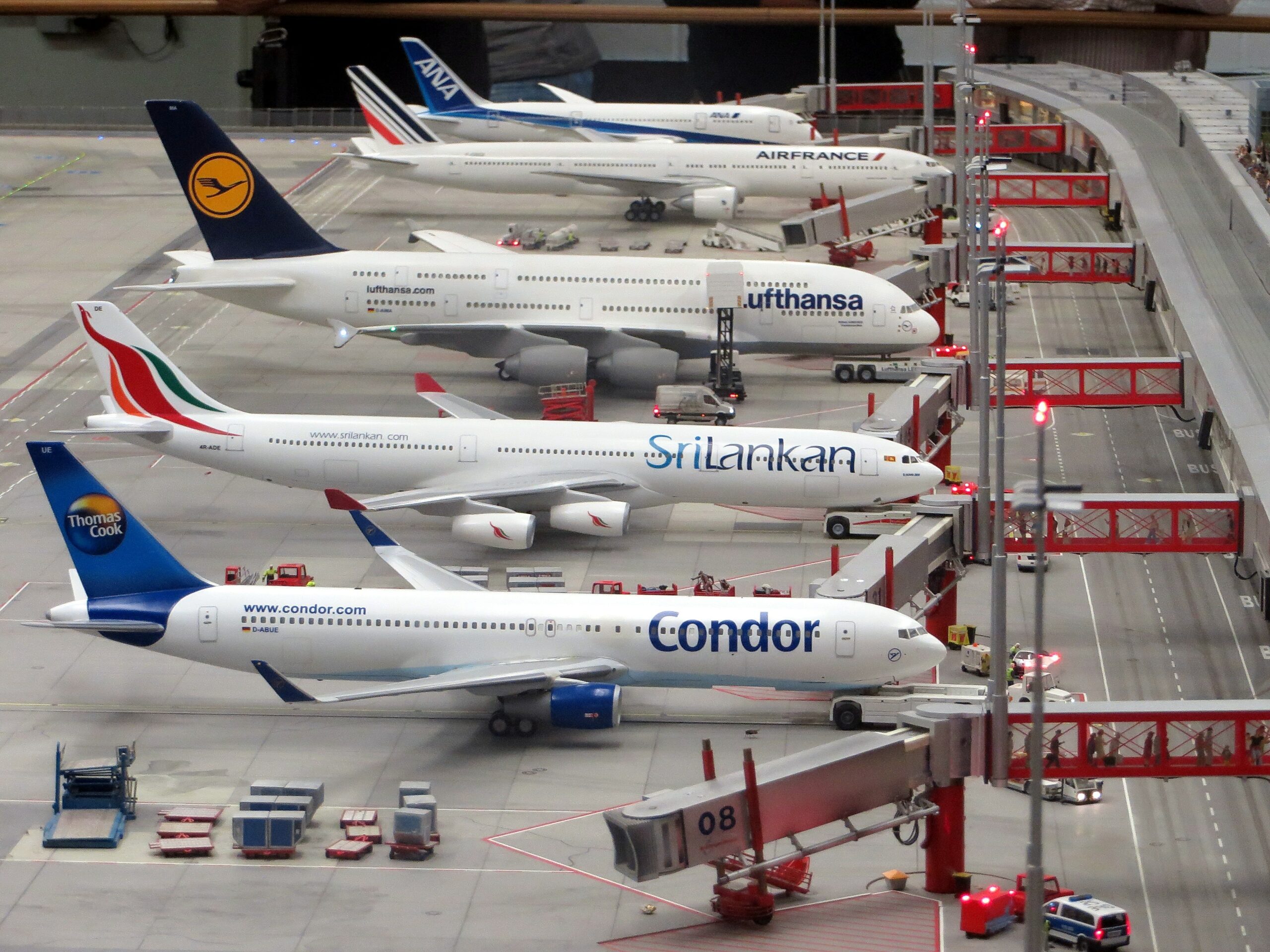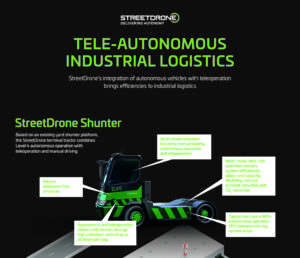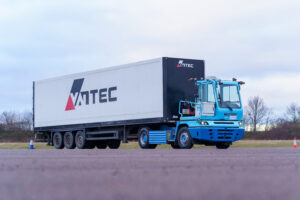I was sitting on the tarmac on a British Airways flight returning from a weekend away in Lisbon. I was pondering a recent comment by a colleague who said that it wouldn’t be the traditional OEMs that will survive the coming mobility revolution. Look at previous attempts to move down the verticals into other areas as diverse as mapping, CAD systems, Kwikfit, and rental cars.
The real value creators in the future of mobility will be Google, Netflix and others who can provide valuable services while we are all travelling: on average, 1.1 hours per day across Europe. That’s a lot of eyeballs!
How can an existing OEM compete with a tech giant if it comes down to offering various services? When Apple and Google have their systems in over 1bn and 3bn respectively devices, how can an OEM who makes a maximum of approximately 10 million cars per year compete? Bearing in mind that vehicles are not updated over-the-air, and hence not able to take advantage of updates which are often backwards compatible. What size of OEM do you need to be? Who else could compete? Who will own the vehicles, and who might operate them?
The autonomous sector is currently looking – like many industries – at the beginning of a new technology revolution where everything is bundled in one vertically integrated entity; for example, look at Cruise, which is currently doing autonomous driving software, customer-facing apps, and defining the vehicle with their parent company GM, from manufacturing through to services and everything in between.
This same philosophy of bundling and unbundling states that as the technology matures, the value pools in the total value chain start to unbundle.

Airlines are the first thought.
Airlines are used to high capital intensity businesses with fleets of planes spread out worldwide, servicing and tracking all manner of spares, maintenance contracts, high-end safety systems and processes: all things that will be required in running high-volume fleets of autonomous vehicles.
Added to this, airlines design their interiors, customer service experiences, mobile apps, and web-based account management and other customer-facing elements of the experience. So they have experience of handling the customer-facing aspects with ease.
It also makes sense that historically airlines have been flag bearers, dealing with specific geographies and, therefore, rules and regulations focussing on countries and markets they expressly understand. Government regulation will be a significant element in legalising autonomous vehicles; hence, a national player would make sense.
Therefore, it makes more sense for an airline to run fleets of vehicles and, most likely, there will be several competitors in each country at the beginning, as there was in the airline industry with eventual consolidation and finally international joint ventures maintaining brands in regions (see British Airways and Iberia). It makes sense that the airlines would end up being the User-In-Charge Operator (NUICO) defined by the UK’s law commission (see sidebar).
Another aspect relates to the commoditisation of the vehicles themselves. We rarely choose an airline based on which plane it flies – more likely the cost, service levels, and space. But most potential for long journeys, we might choose our national flag carrier and a cheaper budget airline for day-to-day travel, short distances of up to around 4 hours, due to the levels of comfort and service provided (this could be a different ratio for ground transport).
Each fleet of autonomous vehicles in a country the size of the UK could be equivalent to around 25,000 cars: based on a typical cab infrastructure across the country. Estimates of about £1.5bn of assets under management: sounds doable for British Airways or others.

StreetDrone have always said that mobility as a service would result in “devices” on a network and had therefore thought that maybe the current telecoms were the best examples of dealing with bundles of services across several markets, but now, thinking it through, maybe they don’t have the experience to deal with the capital intensity, safety and maintenance schedules as well as dealing with customer relations in what is a potentially different world?
This would lead us to believe that a modern airline might look into spinning off its processes and systems, travel apps, and customer service centres to start mobility as a service capability.
Sidebar – UK Law Commission
The UK has also been pondering this question recently and has focussed on the legal entities that will develop self-driving vehicles and the operators of those vehicles. The Autonomous Self Driving Entity (ASDE), and the User-In-Charge Operator (NUICO) are now the two buzzwords. These entities should separate the operations from the products to better handle the risks involved in new technology.
An ASDE is the vehicle manufacturer or software developer who puts an AV forward for authorisation. When a vehicle or certain features deployed on a vehicle are authorised for use without a user-in-charge these are referred to “No User-In-Charge” (NUIC) features. The law commission recommendation is that when a NUIC feature is engaged on a road or other public place, the vehicle is overseen by a licensed NUIC operator. This is an organisation rather than an individual.
The UK’s Law Commission has recently released a document entitled “Connected & Automated Mobility 2025: Realising the benefits of self-driving vehicles in the UK” – August 2022 in which they introduce two new concepts to the autonomous driving industry that will deal with the liabilities of full “Driver out” systems: Autonomous Self Driving Entity (ASDE) and Non User-In-Charge Operator (NUIC Operator).




